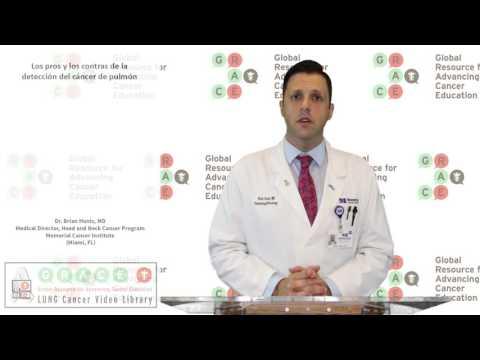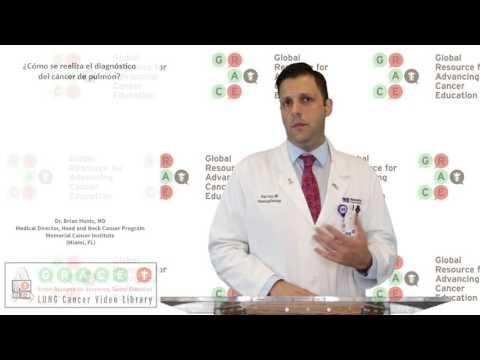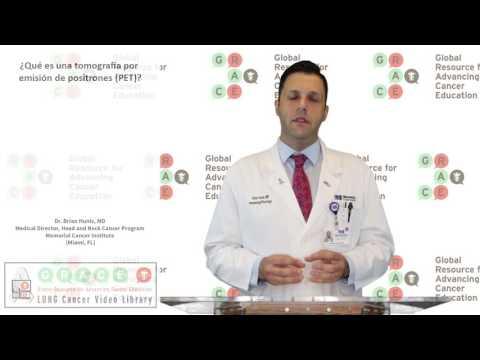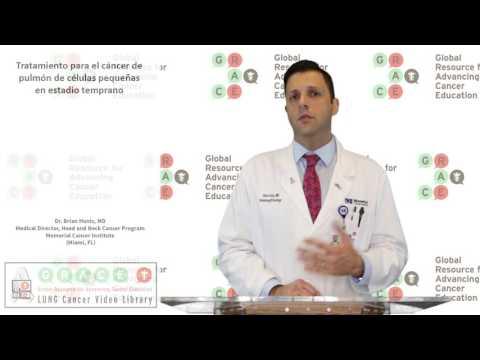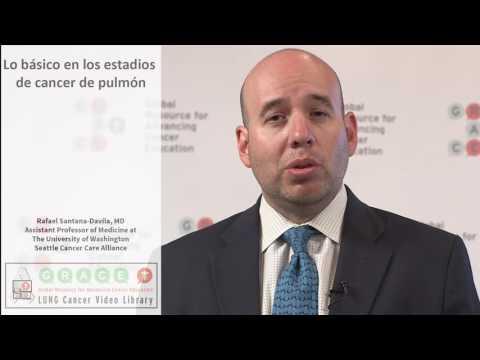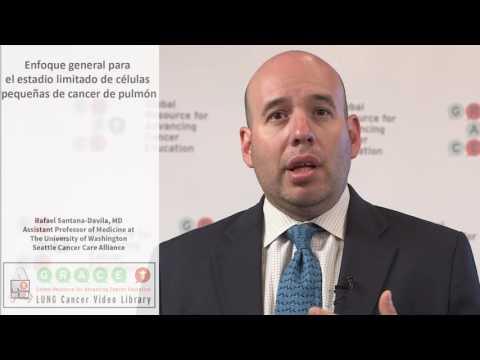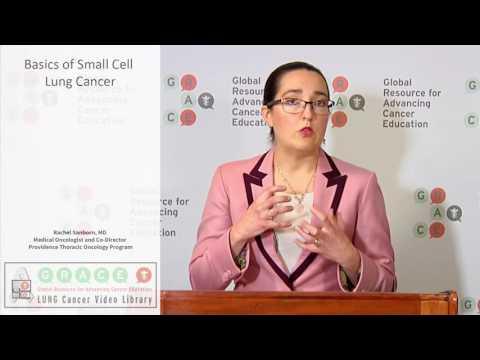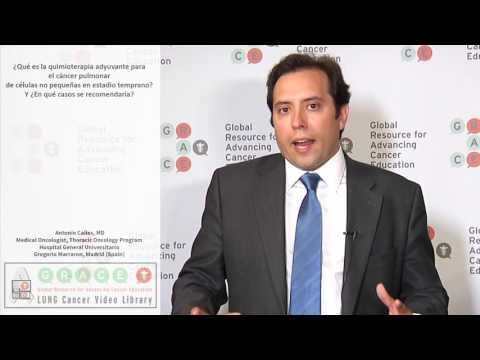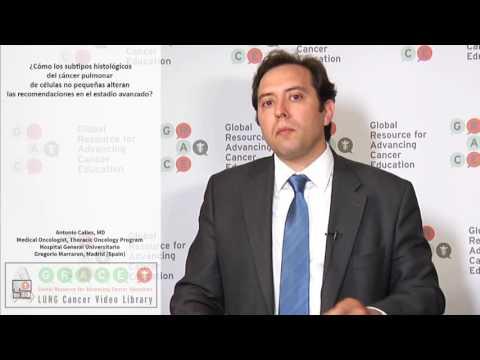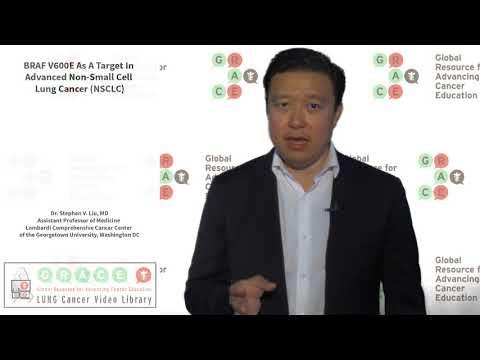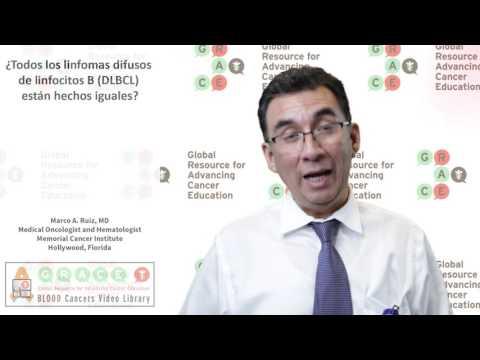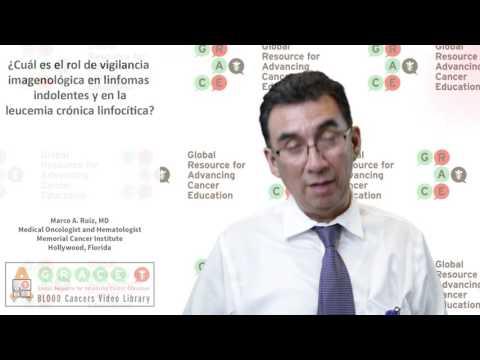For our 9th video in the GRACE Spanish Lung Cancer Library, Brian Hunis, MD joined GRACE to discuss the pros and cons of lung cancer screening.
Video Library
Search the Video Library
Video Language
Filter by Cancer Type:
Displaying Results 31 - 45 of 118
For our 10th video in the GRACE Spanish Lung Cancer Library, Brian Hunis, MD joined GRACE to discuss how a lung cancer diagnosis is made.
For our 11th video in the GRACE Spanish Lung Cancer Library, Brian Hunis, MD joined GRACE to discuss lung cancer subtypes.
For our 12th video in the GRACE Spanish Lung Cancer Library, Brian Hunis, MD joined GRACE to discuss what a PET scan is.
For our 13th video in the GRACE Spanish Lung Cancer Library, Brian Hunis, MD joined GRACE to discuss the stages of lung cancer.
For our 14th video in the GRACE Spanish Lung Cancer Library, Brian Hunis, MD joined GRACE to discuss treating early stage small cell lung cancer.
GRACE is pleased to welcome Dr. Rafael Santana-Davila, Assistant Professor with the University of Washington School of Medicine and Seattle Cancer Care Alliance. Dr. Santana-Davila joined GRACE to discuss the basics of lung cancer staging.
GRACE is pleased to welcome Dr. Rafael Santana-Davila, Assistant Professor with the University of Washington School of Medicine and Seattle Cancer Care Alliance. Dr. Santana-Davila joined GRACE to discuss the general approach to limited stage SCLC.
Dr. Rachel Sanborn, Providence Thoracic Oncology Program, discusses the topic of lung cancer and that there is an entire spectrum of different kinds of cancers that have started inside the lungs. Small cell lung cancers behave very differently than non-small cell lung cancer. Basics of Small Cell
All of us at the Global Resource for Advancing Cancer Education are very excited to introduce our newest project - the GRACE Spanish Lung Cancer Library. This collection of videos with our Spanish speaking faculty will discuss the basics of lung cancer for Spanish speaking patients and caregivers
For our third video in the GRACE Spanish Lung Cancer Library, Antonio Calles, MD, Medical Oncologist, Thoracic Oncology Program, Hospital General Universitario, Gregorio Marraron, Madrid, Spain joined GRACE to discuss how NSCLC subtype (histology) can alter chemotherapy recommendations in advanced
Stephen Liu, MD provides updates to our Lung Cancer Video Library. In this recent video, Dr. Liu discusses BRAF V600E As A Target In Advanced Non-Small Cell Lung Cancer
GRACE sat down with Dr. Marco Ruiz to discuss information regarding all diffuse large B-cell lymphoma (DLBCL) and are they made equally ("¿Todos los linfomas difusos de linfocitos B (DLBCL) están hechos iguales?"). Stay tuned for more on our continuing video series with our Spanish speaking faculty
GRACE sat down with Dr. Marco Ruiz to discuss information regarding the role of surveillance imaging in indolent lymphomas and chronic lymphocytic leukemia (CLL) (¿Cuál es el rol de vigilancia imagenológica en linfomas indolentes y en la leucemia crónica linfocítica?). Stay tuned for more on our
GRACE sat down with Dr. Marco Ruiz to discuss information regarding inhibitory molecules like the programmed cell death protein 1 (PD1) and its ligand (PDL1), and if they are active in lymphoma and in chronic lymphocytic leukemia (¿Están activos moléculas inhibitorias como el de la muerte programada

